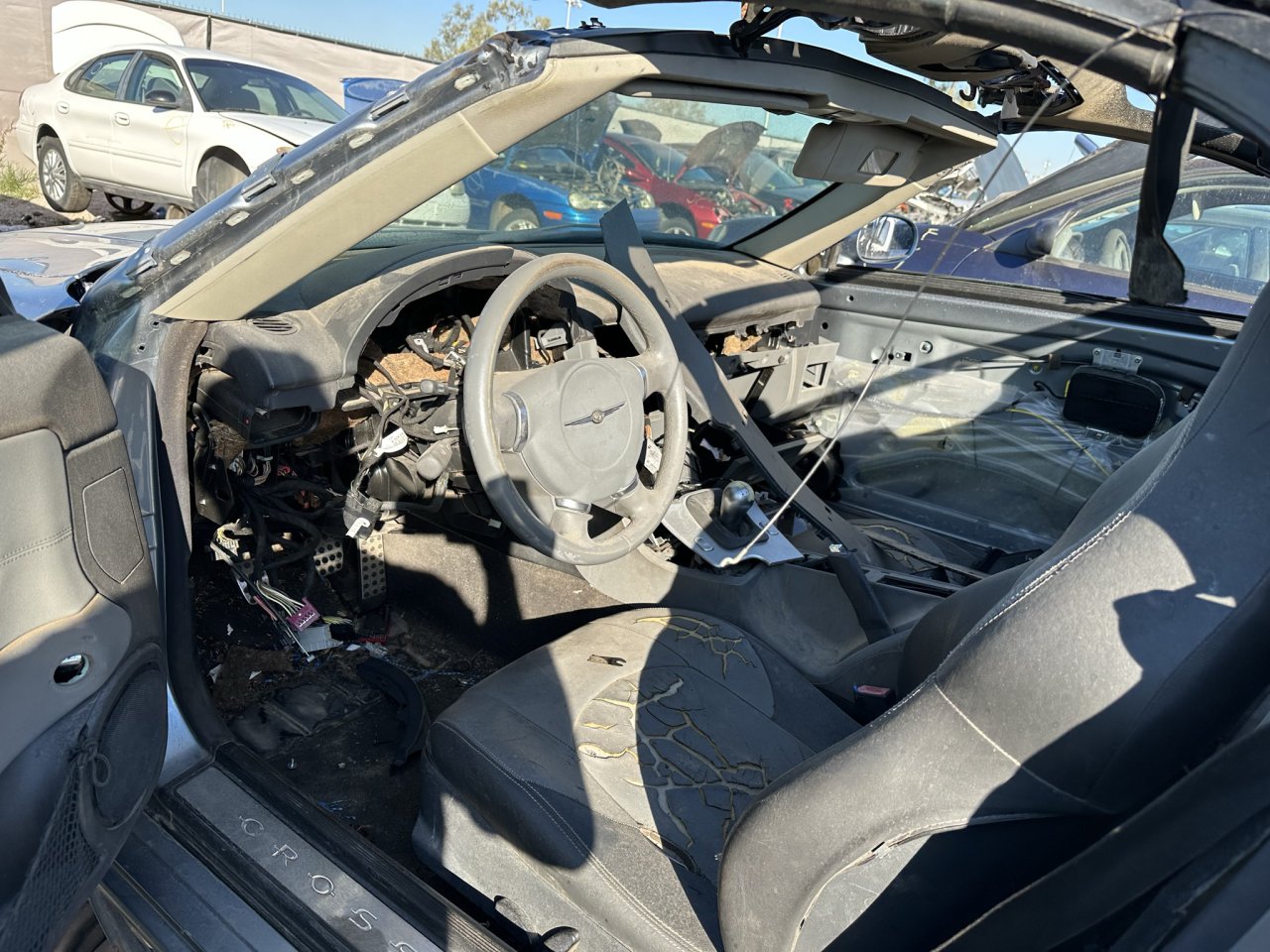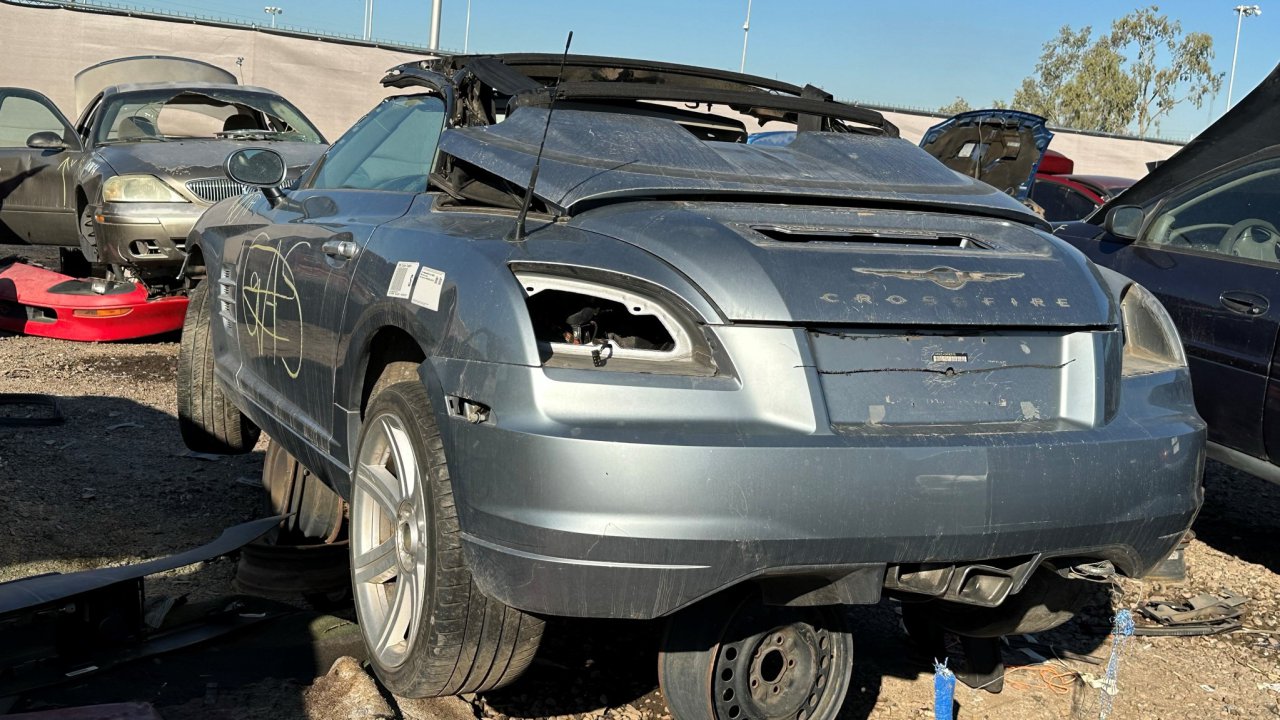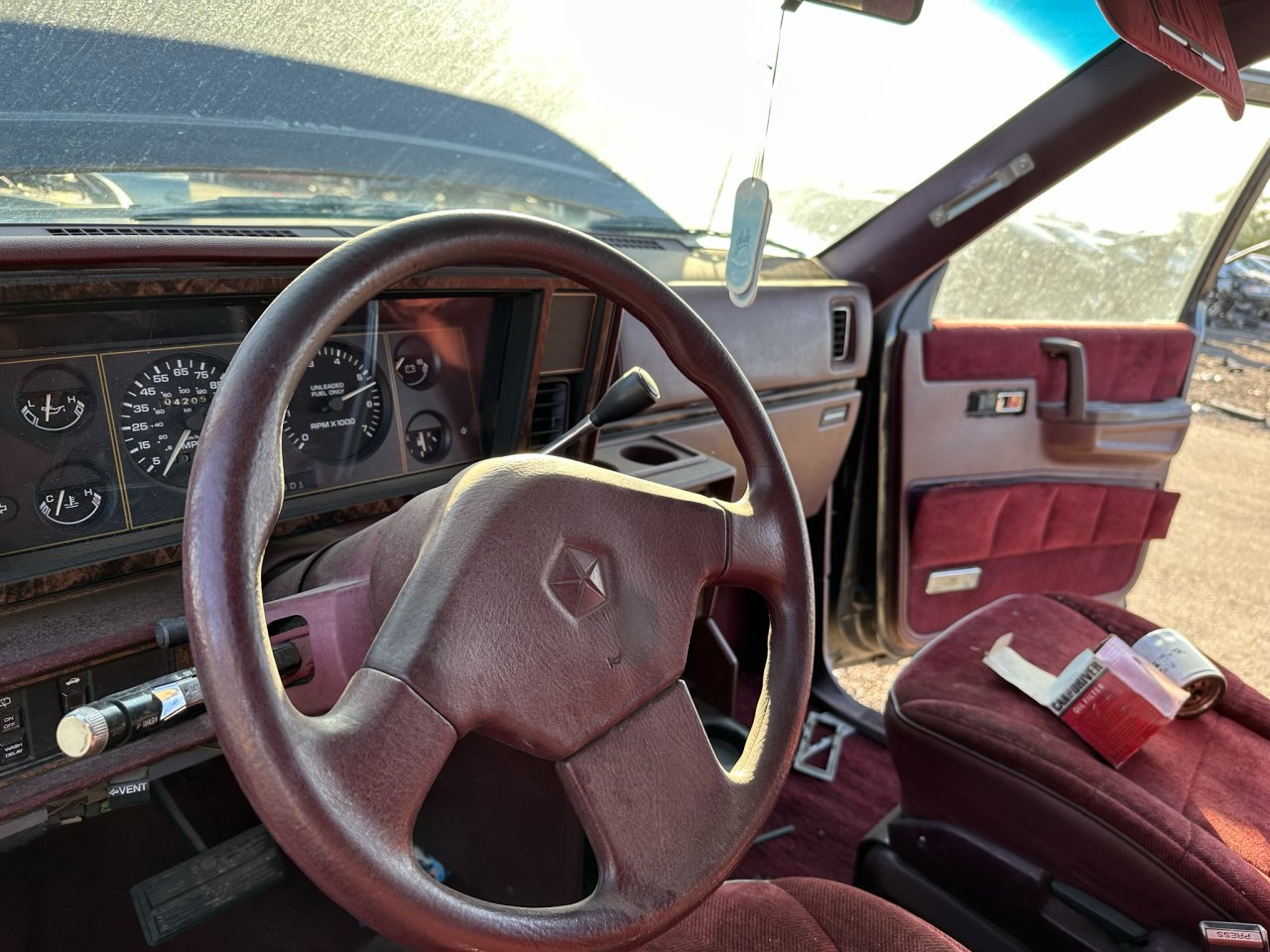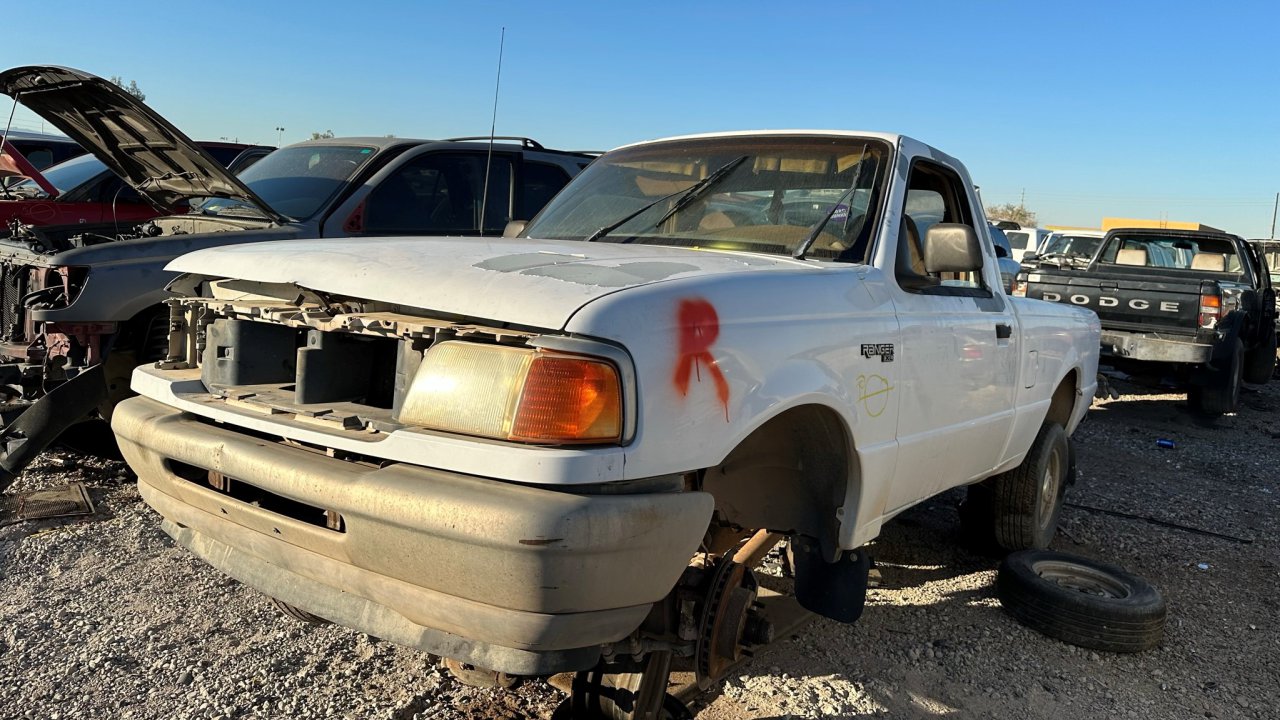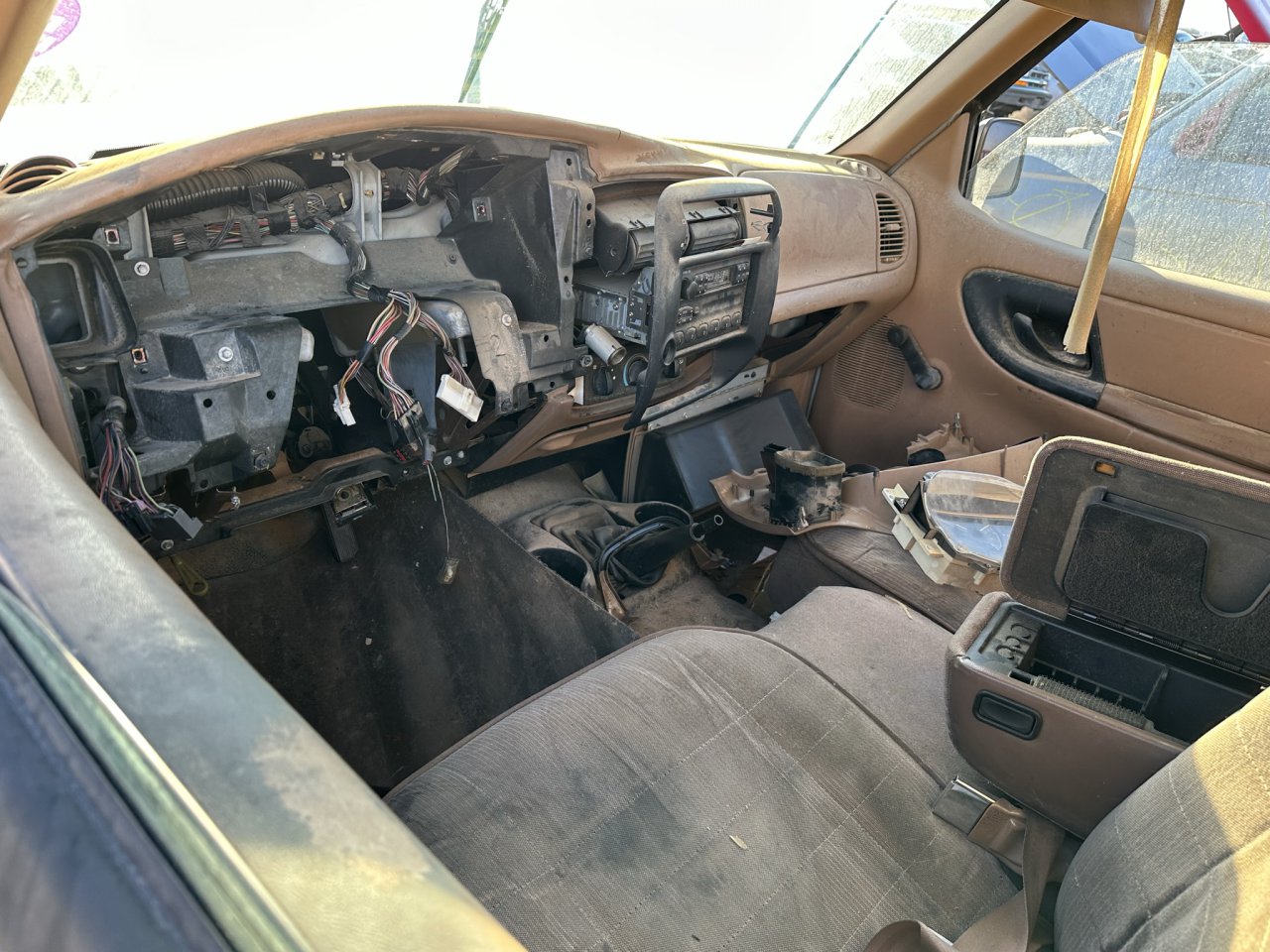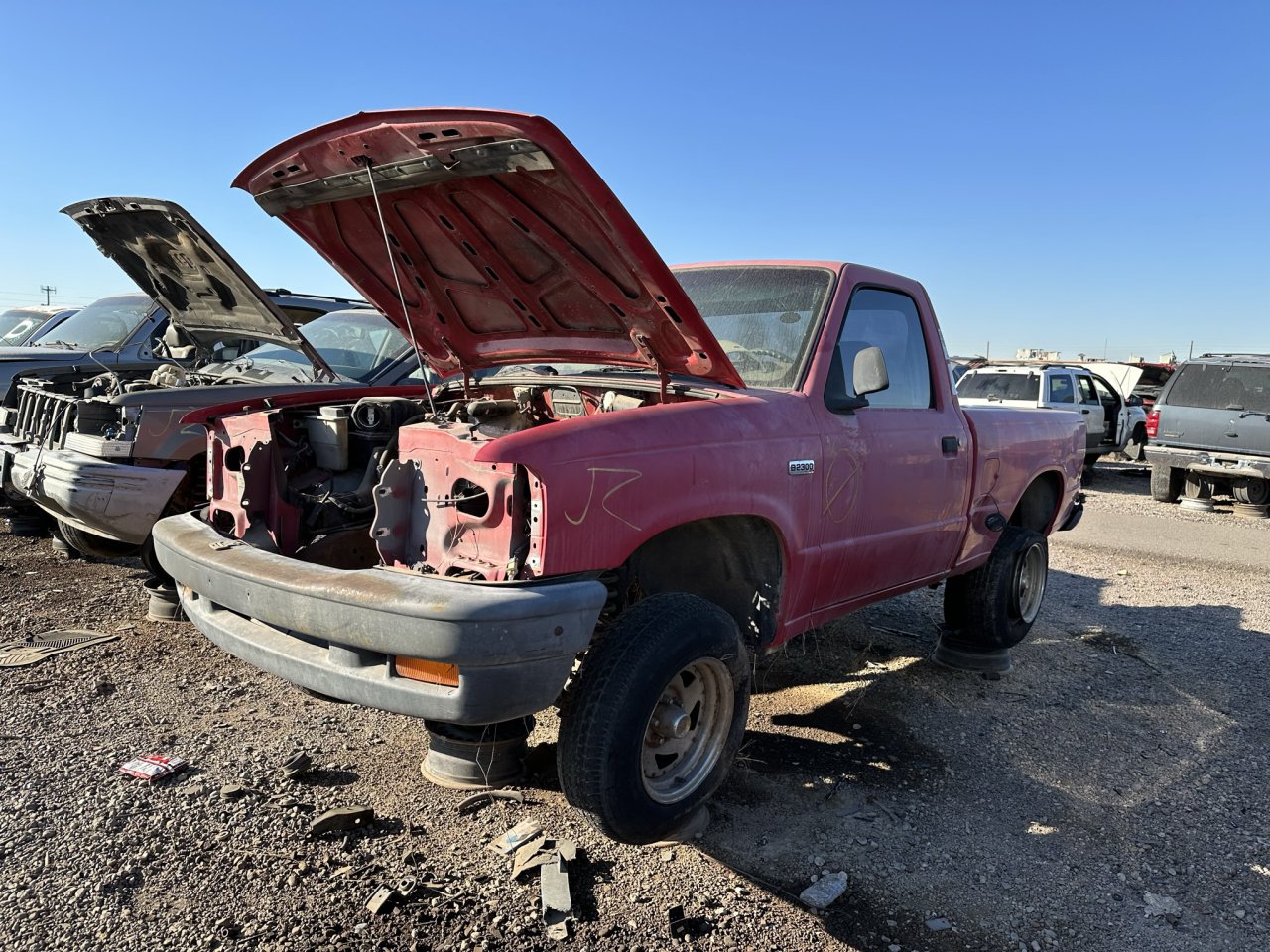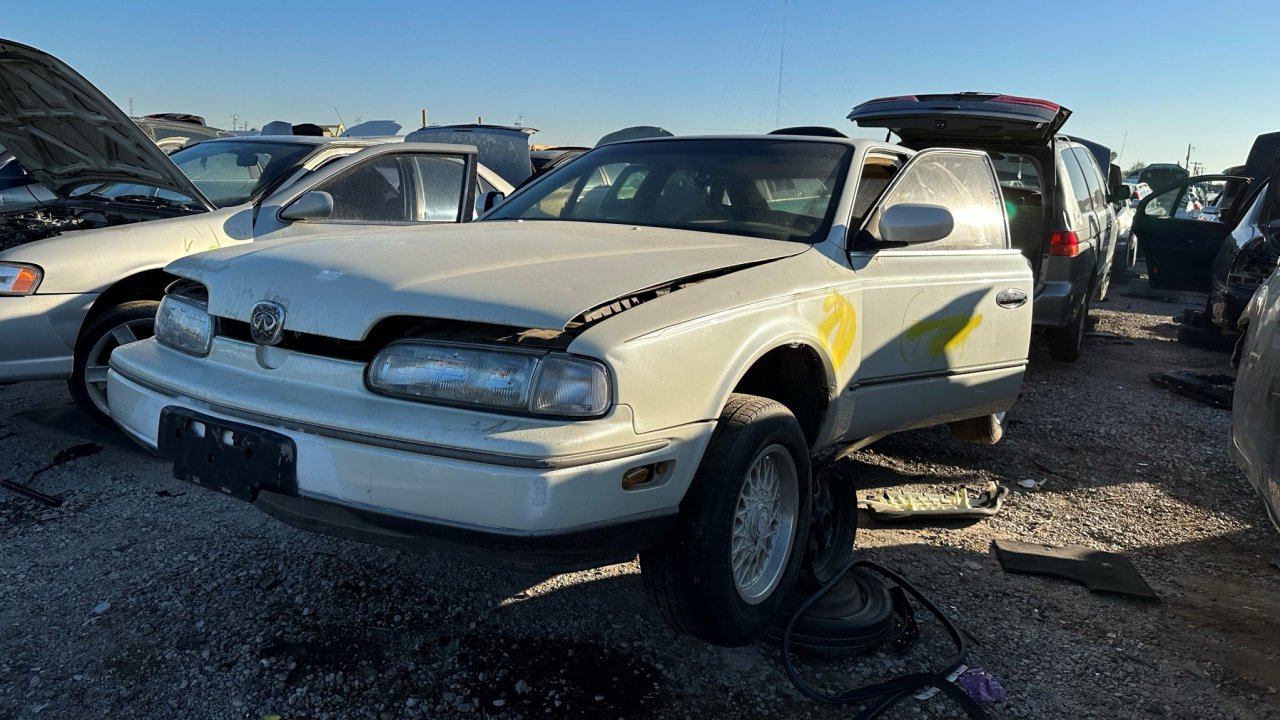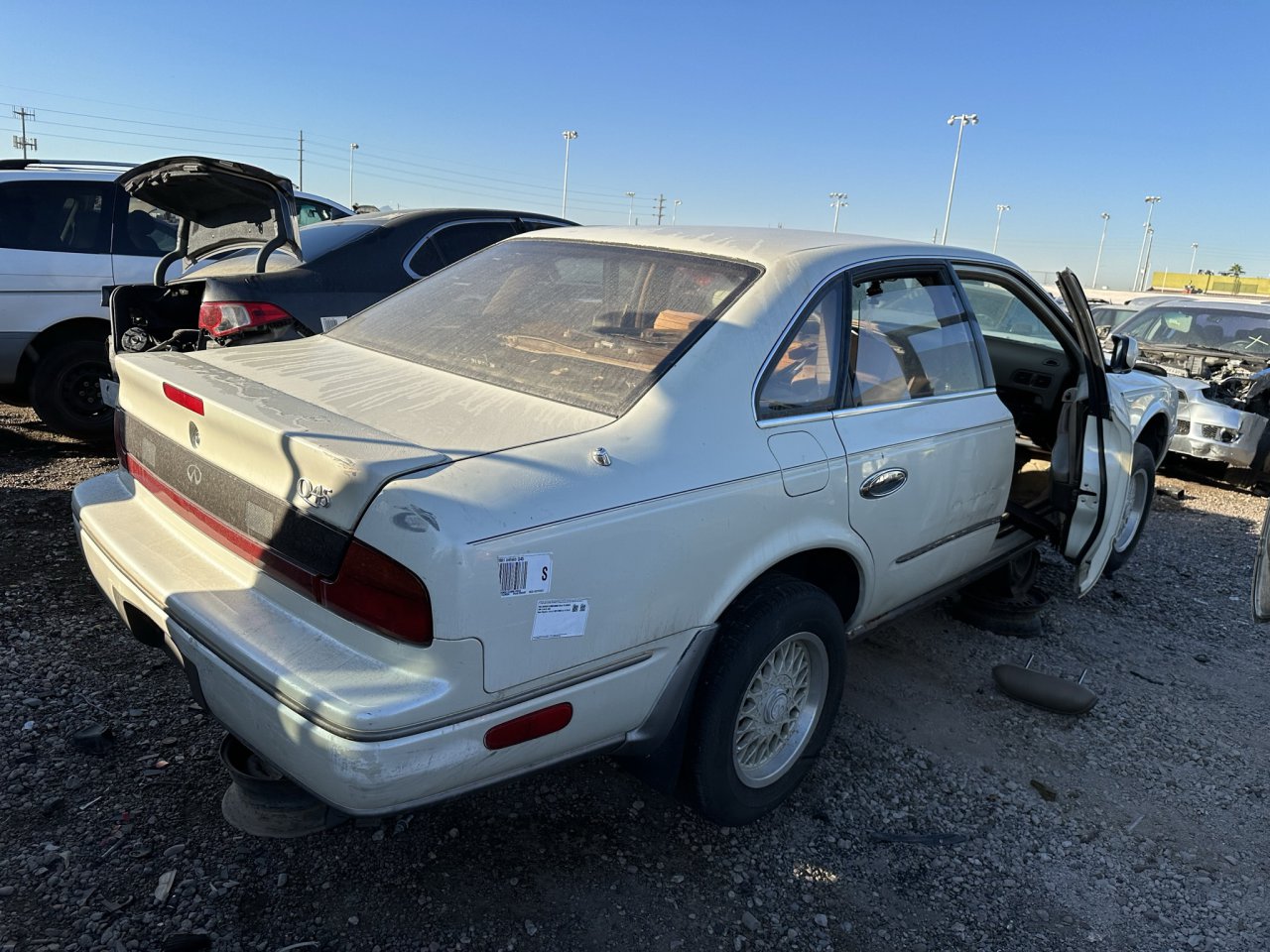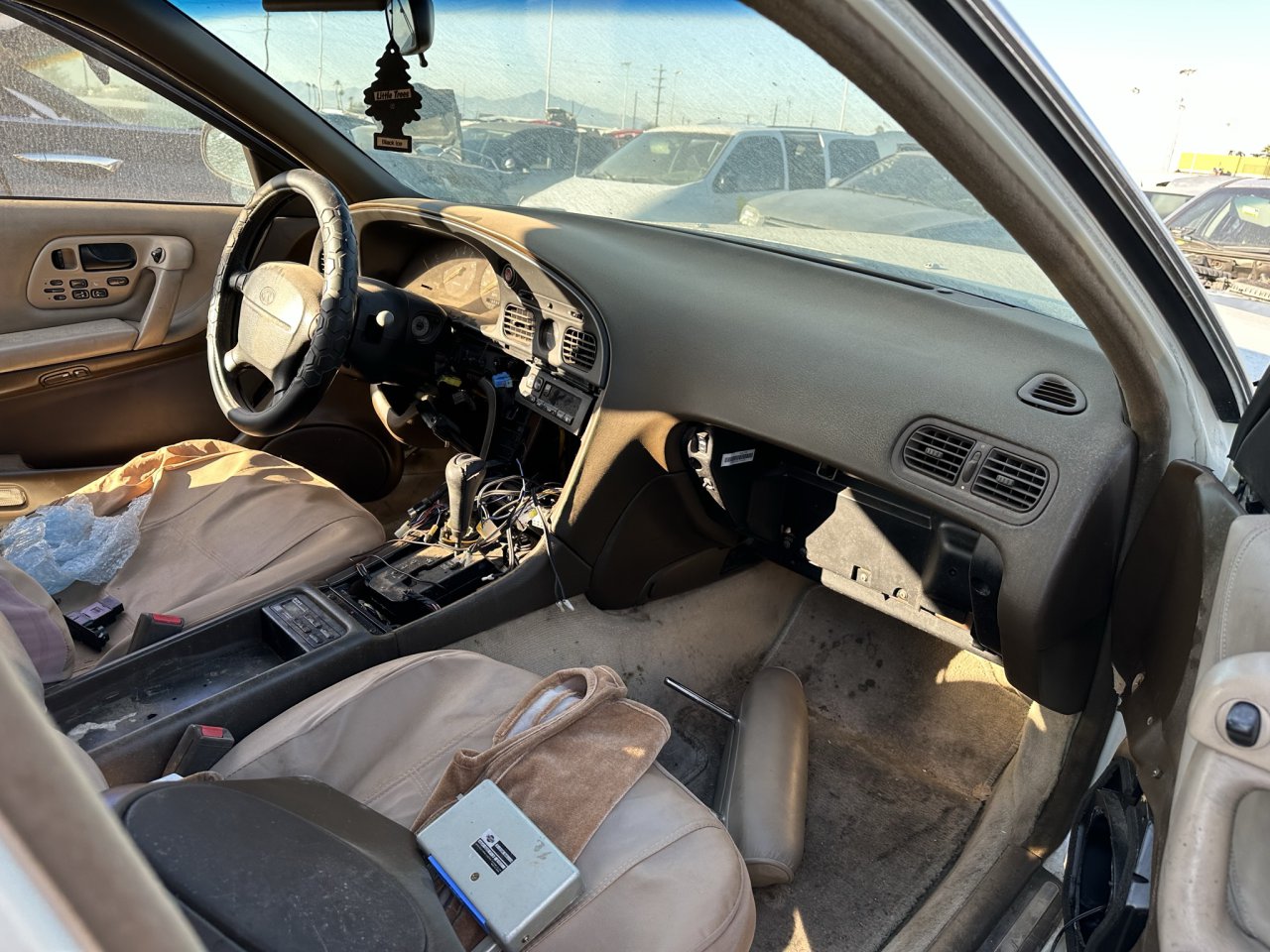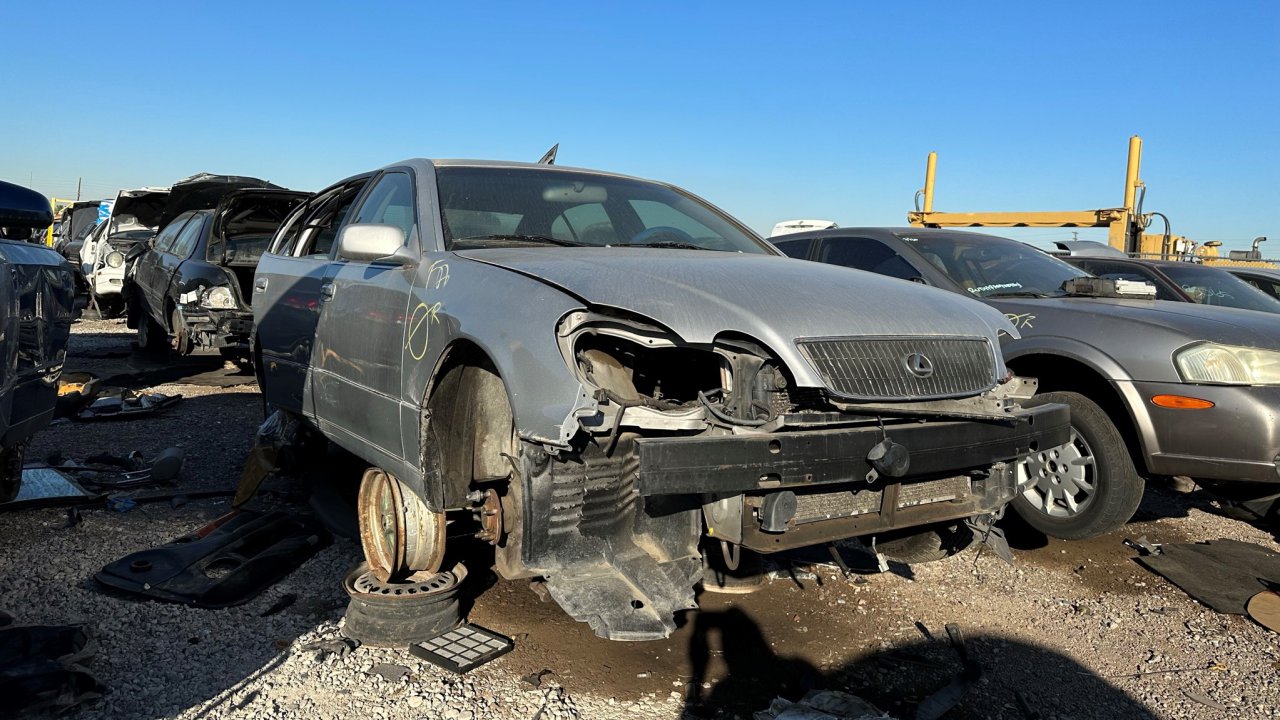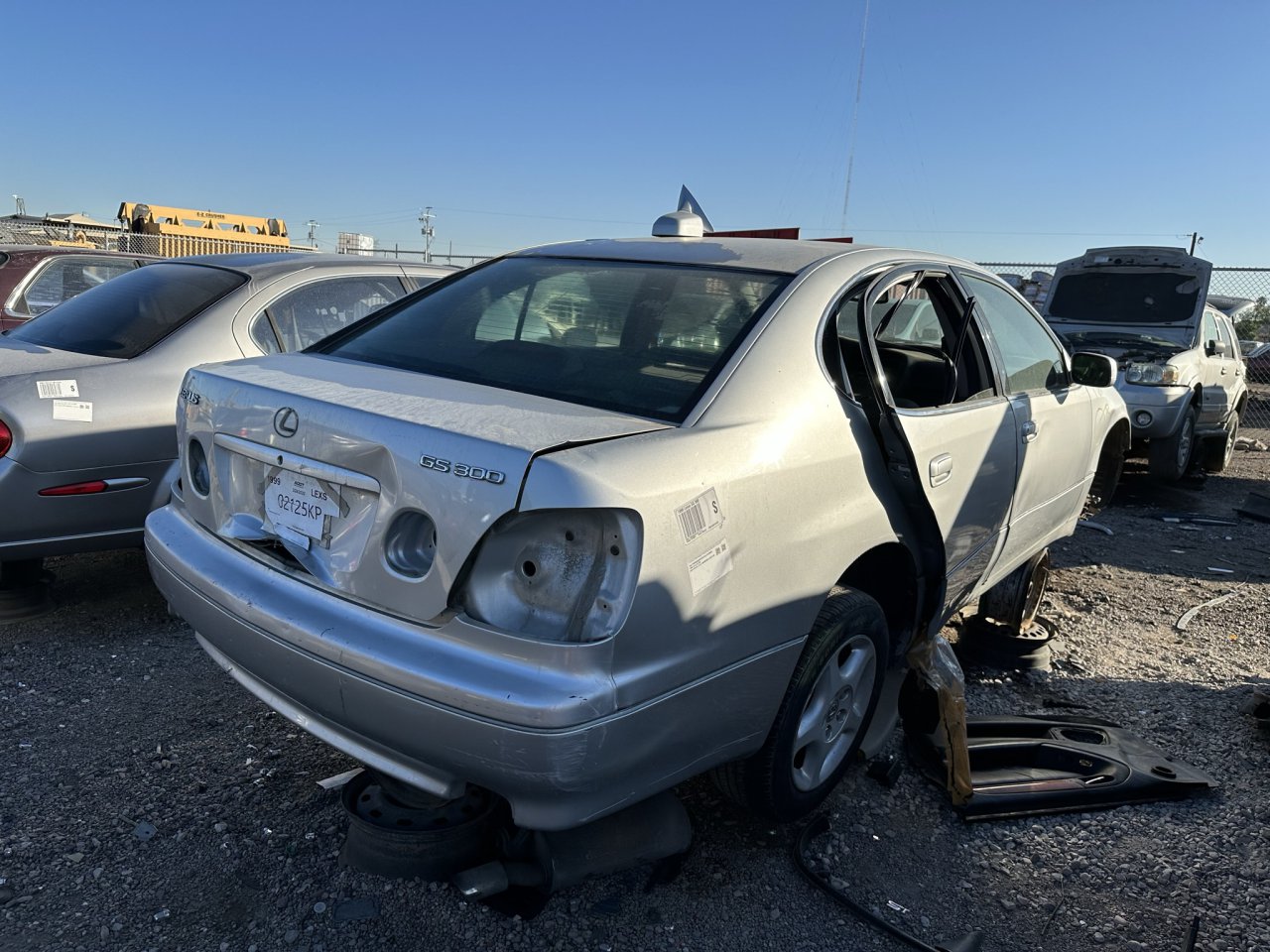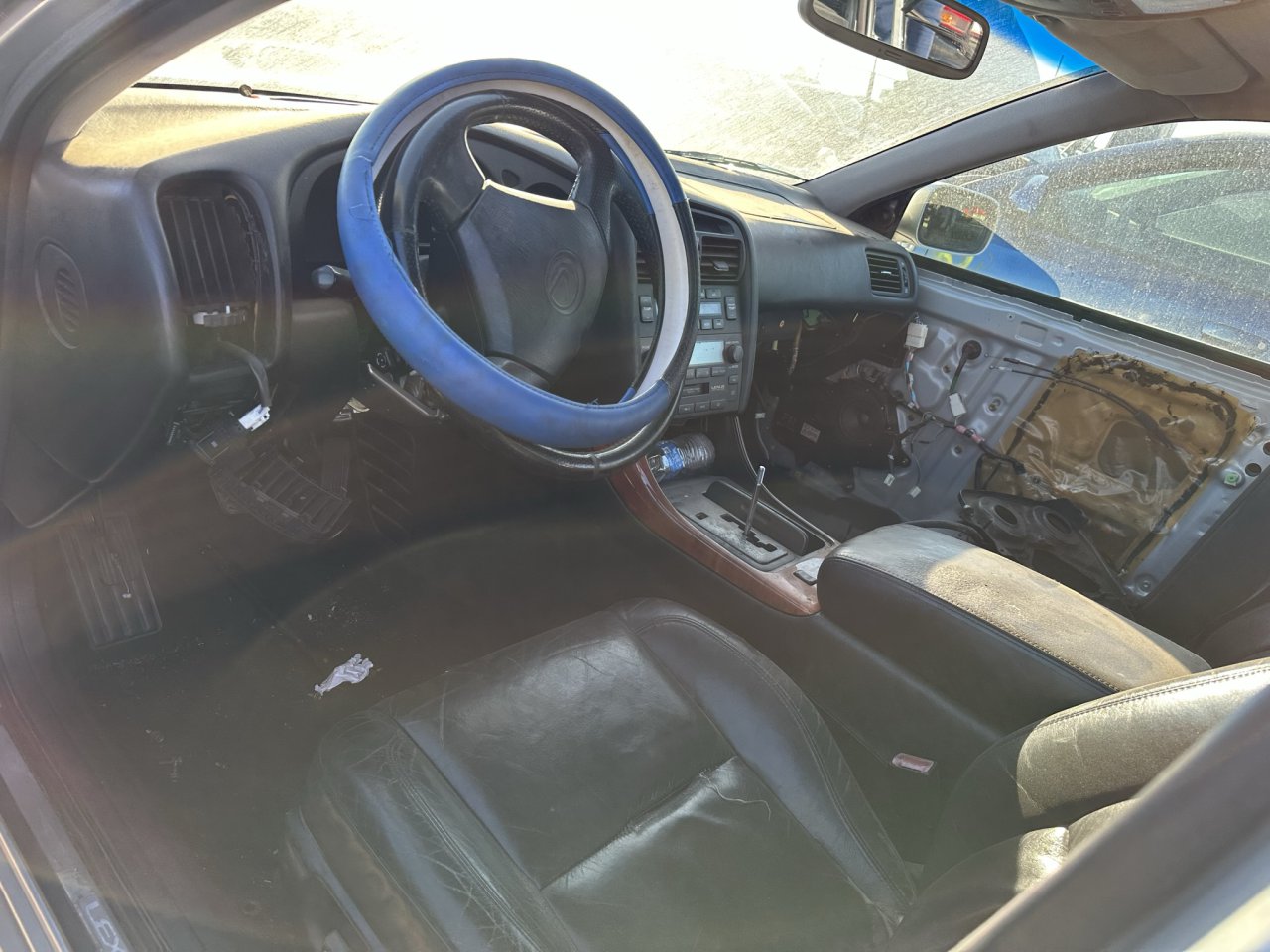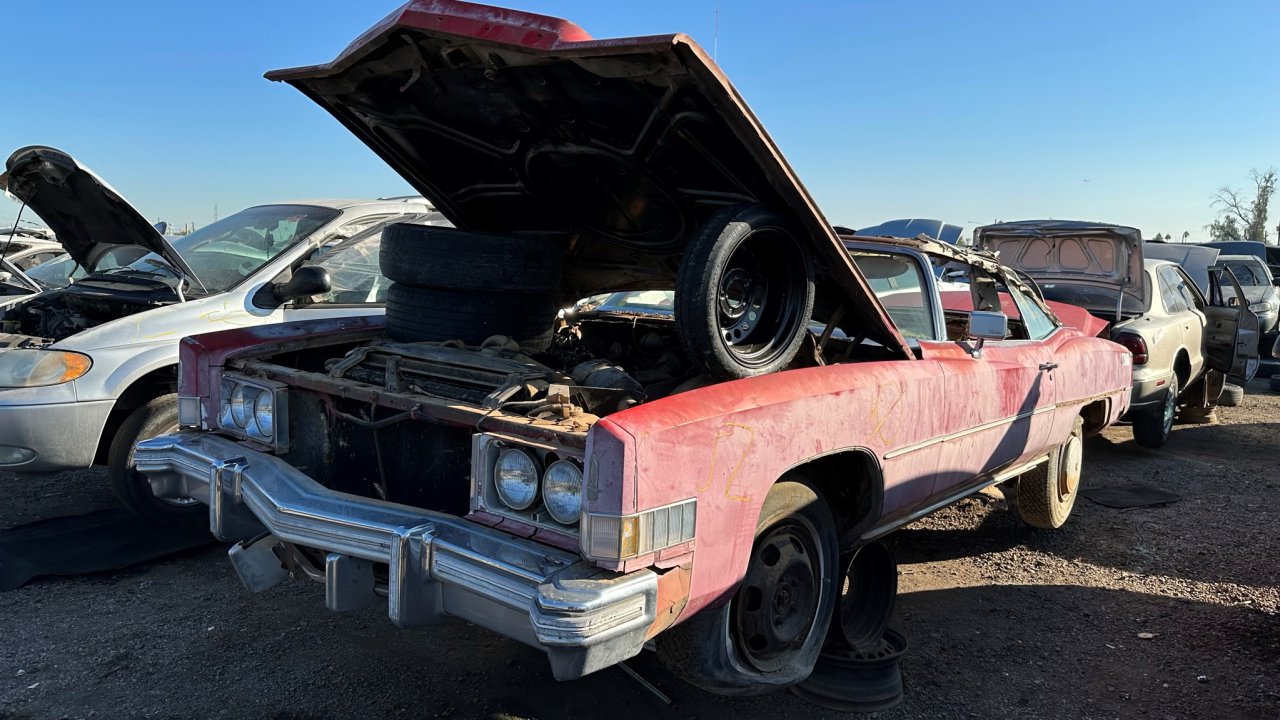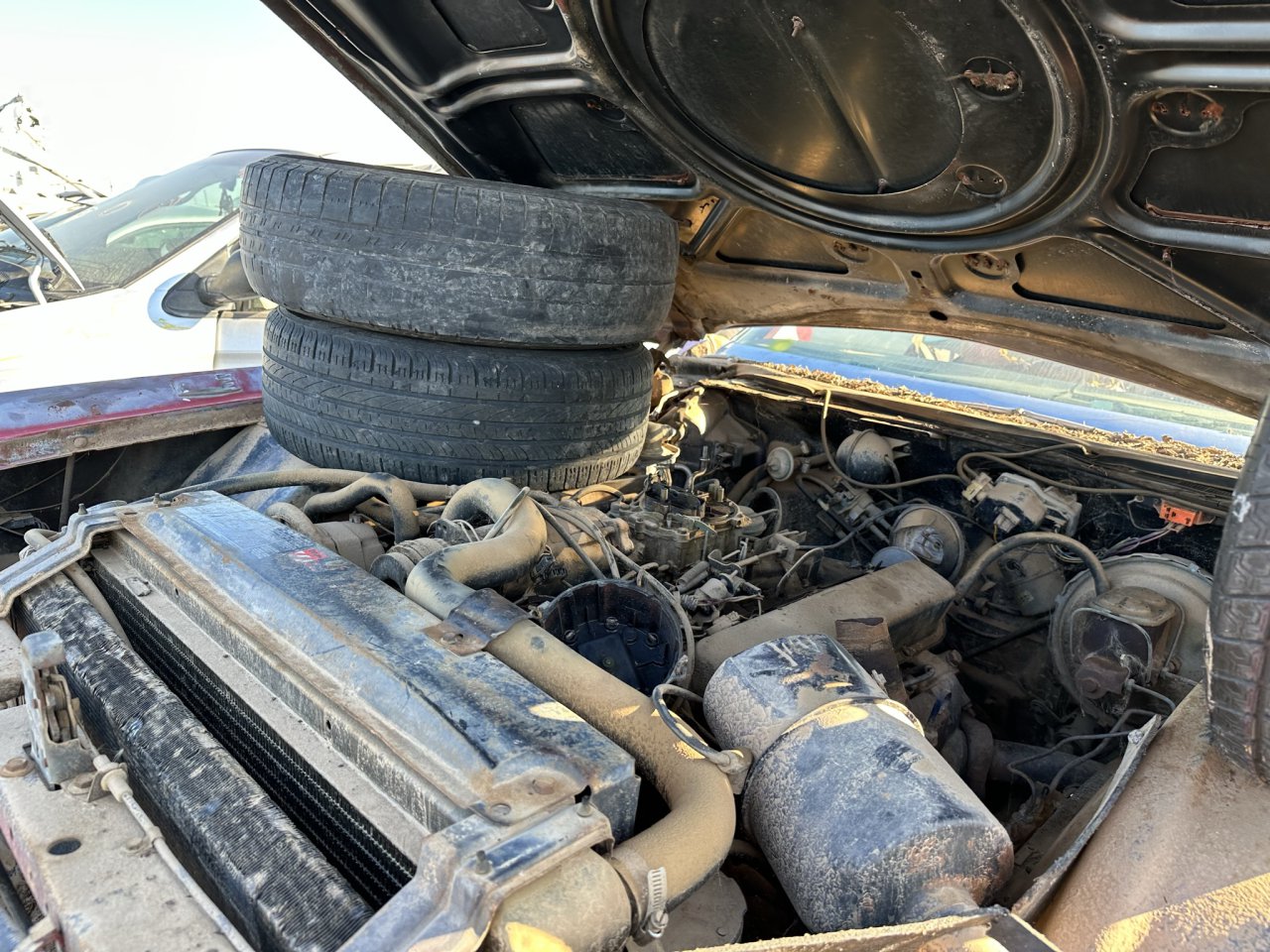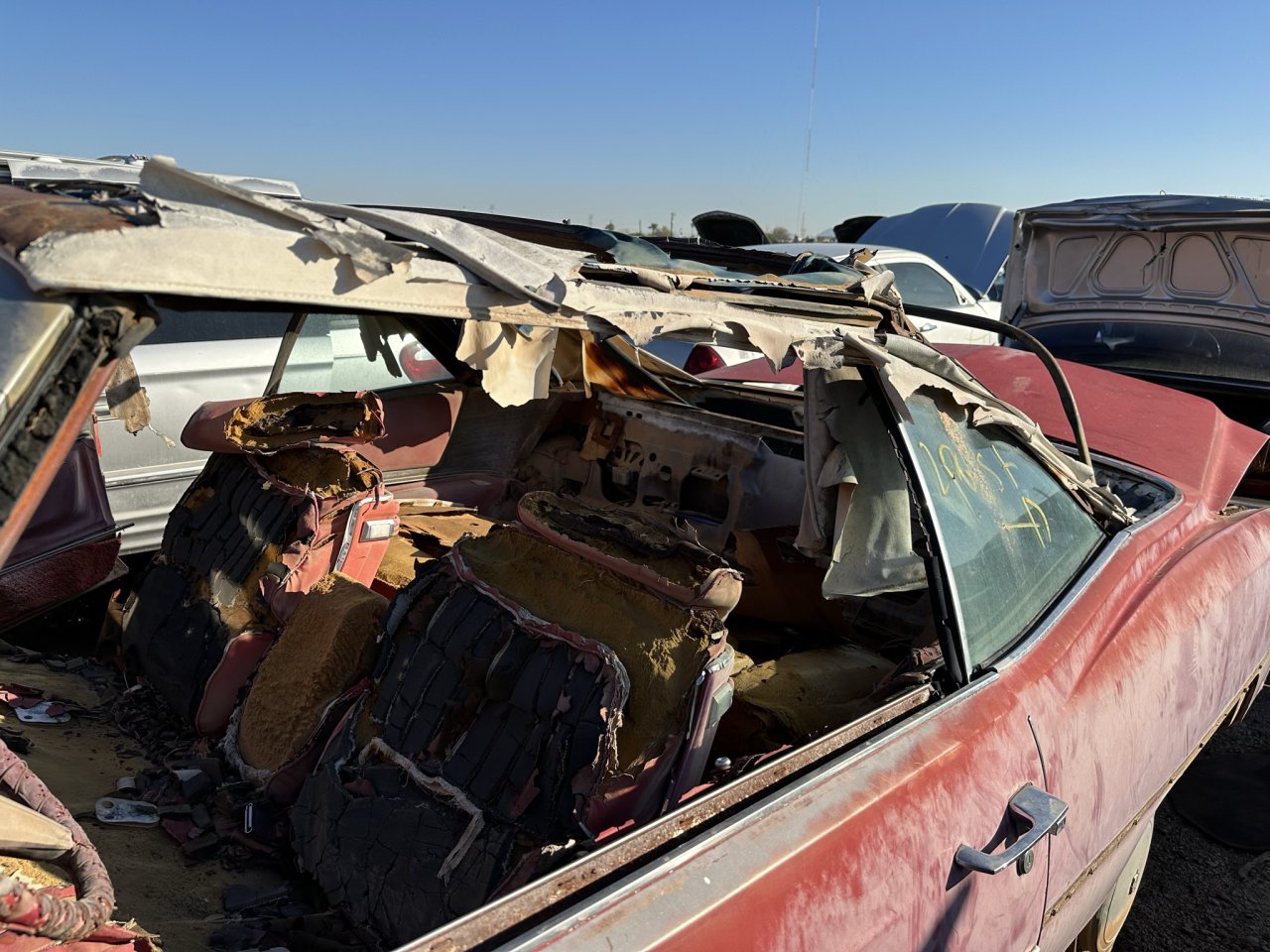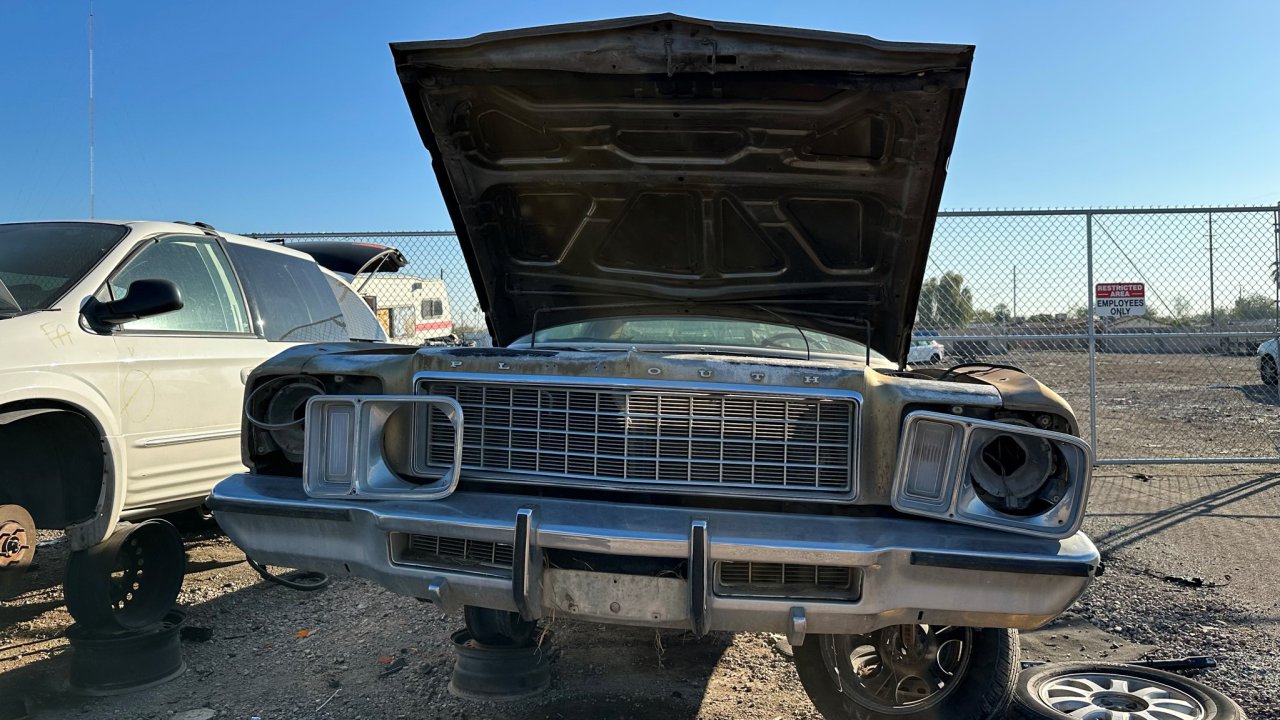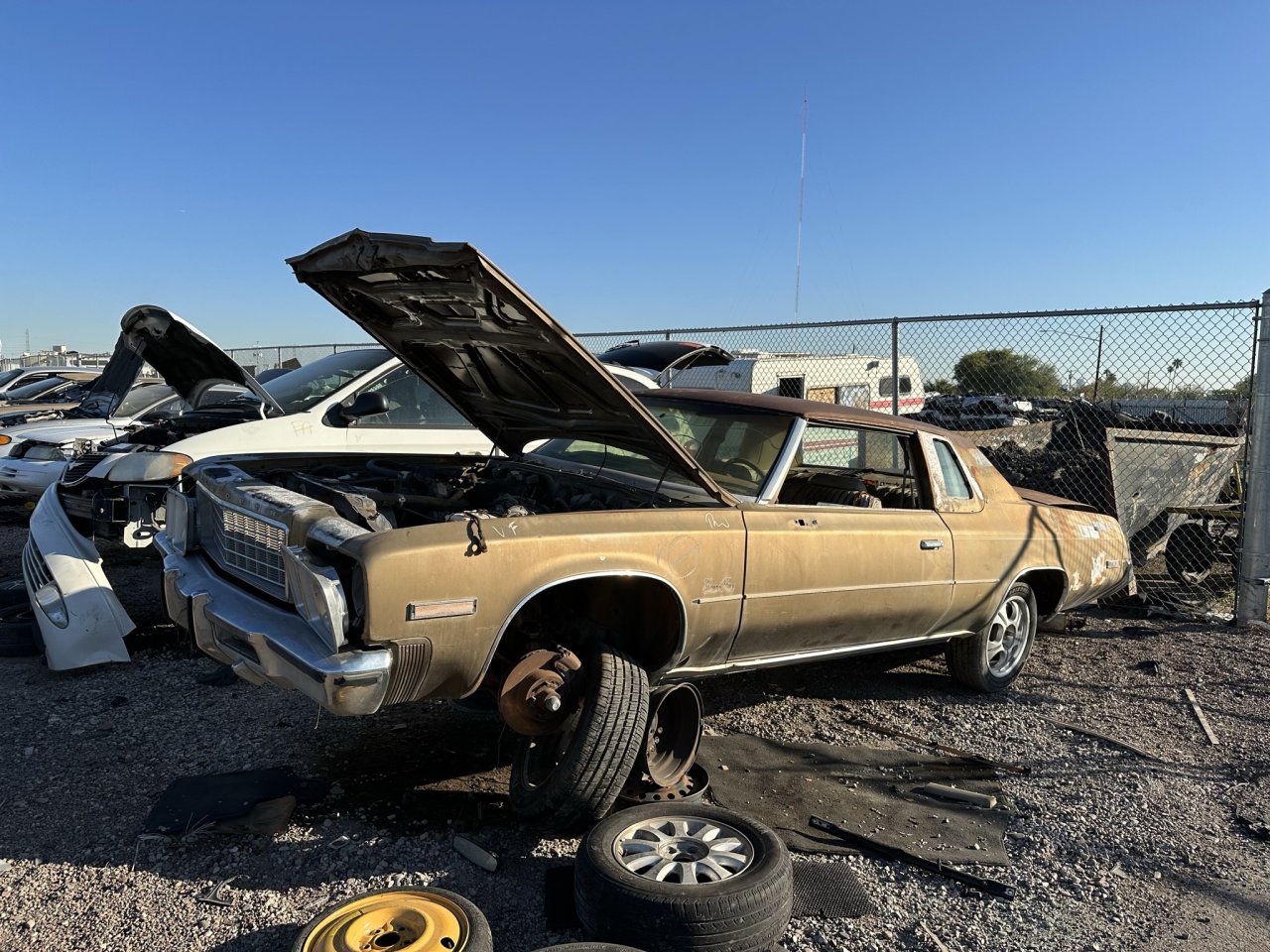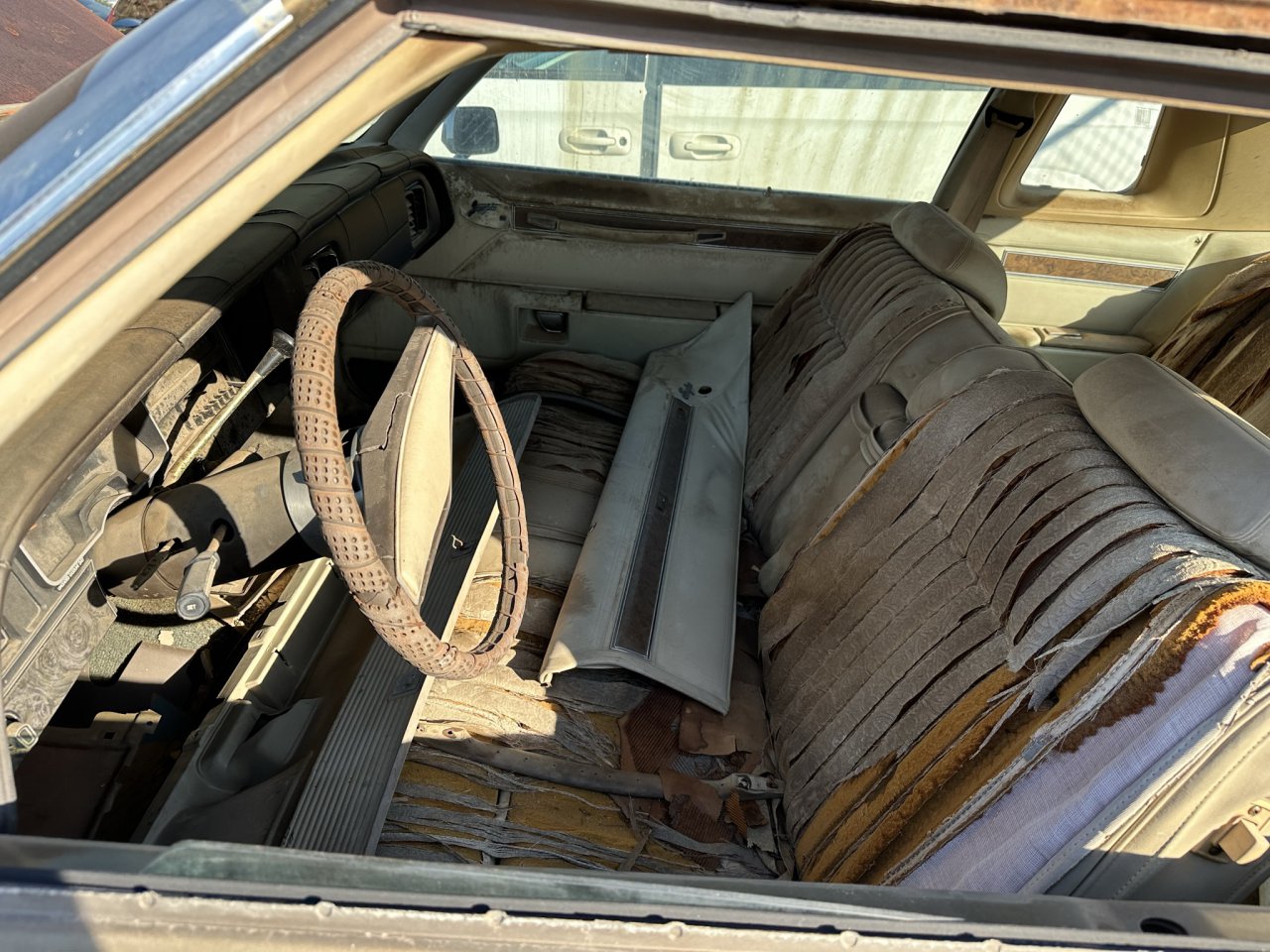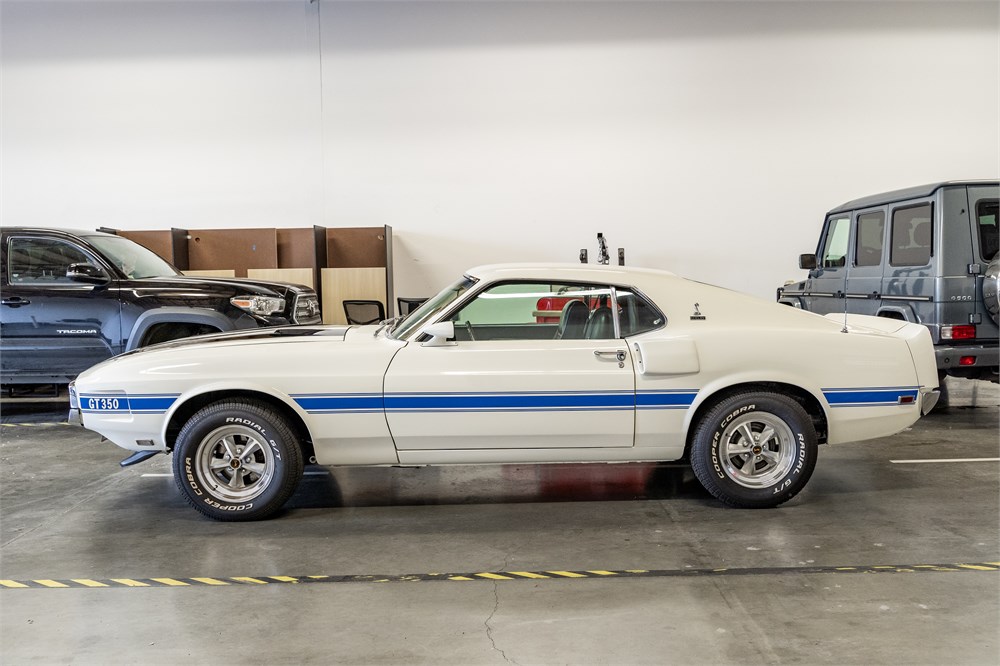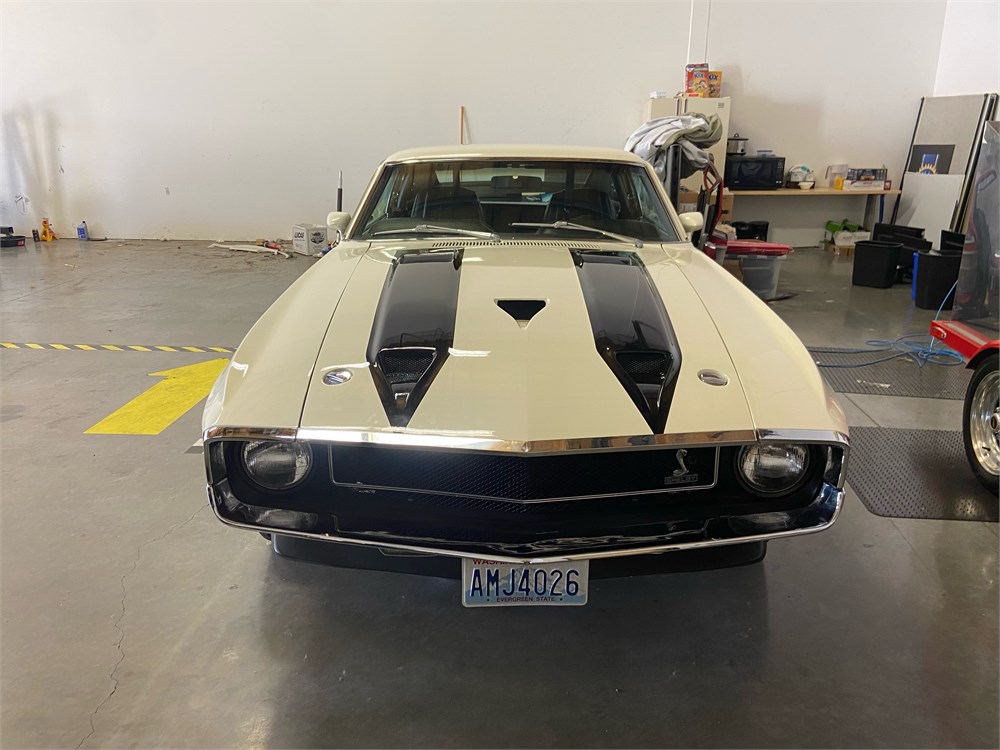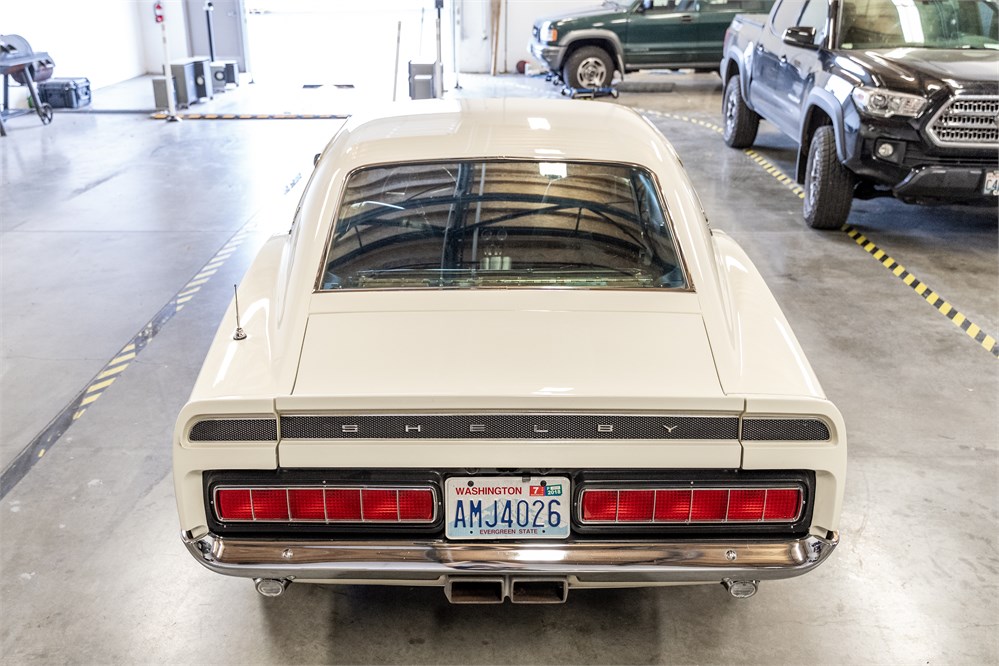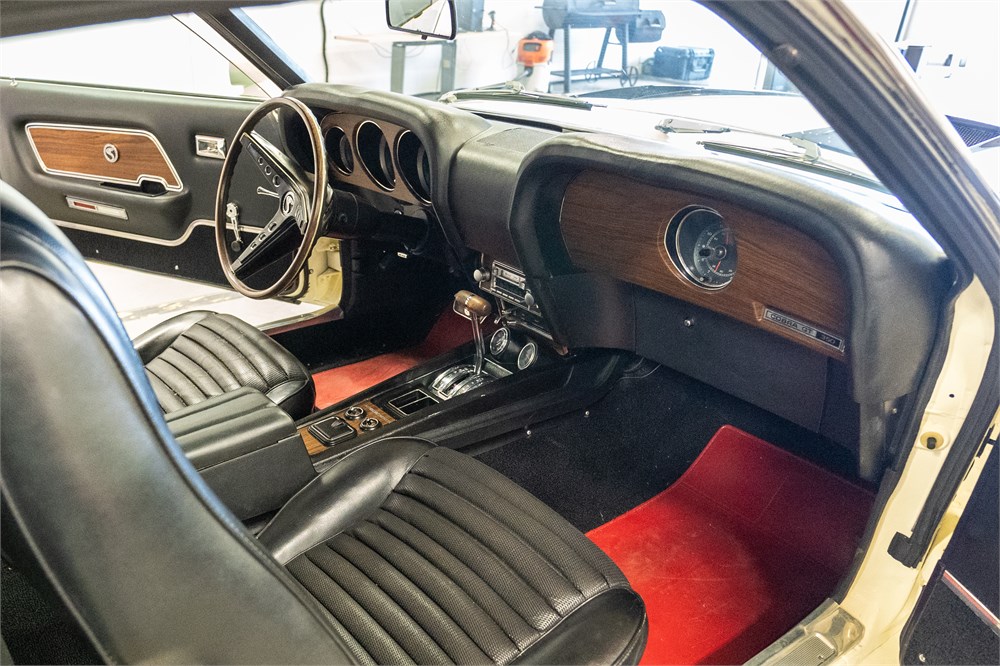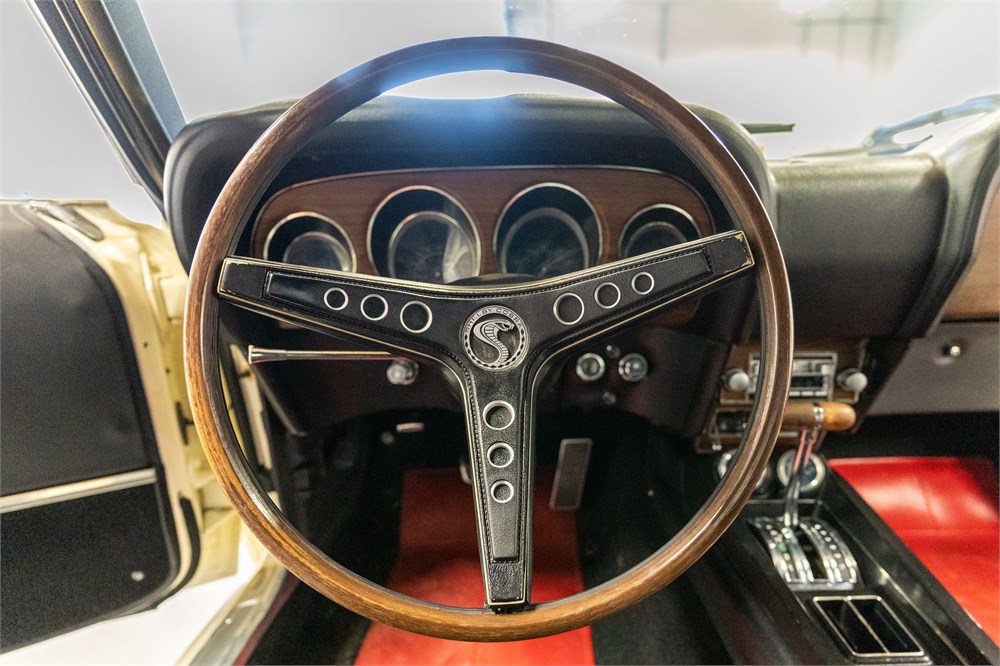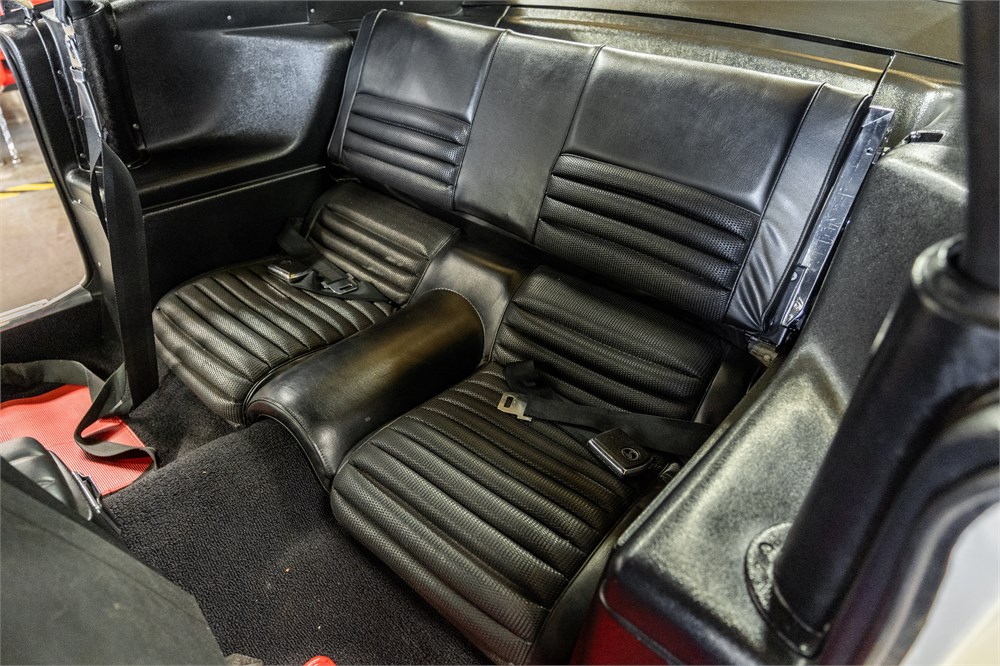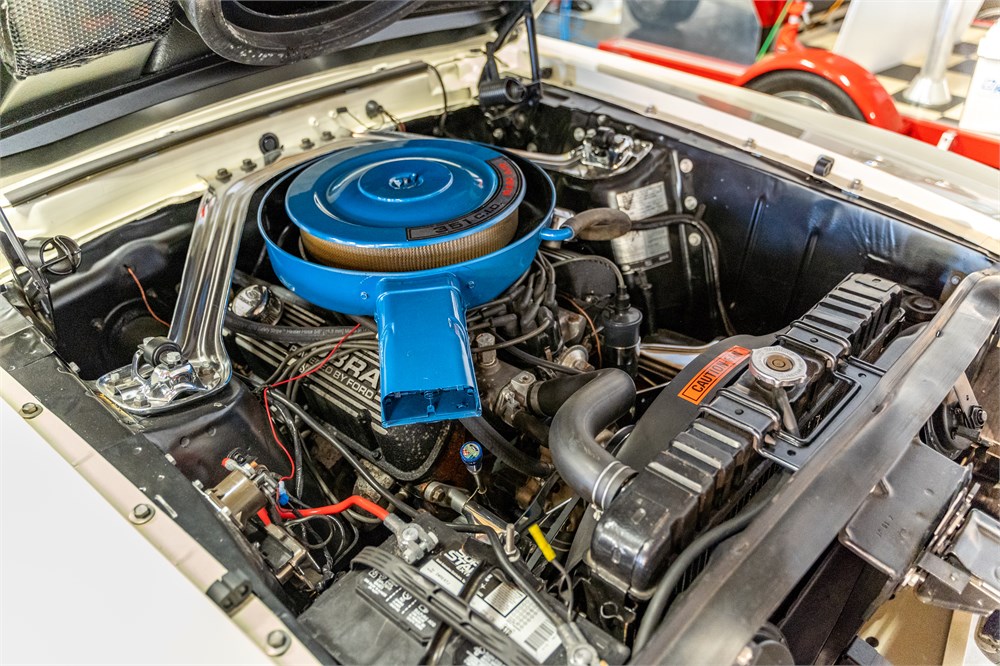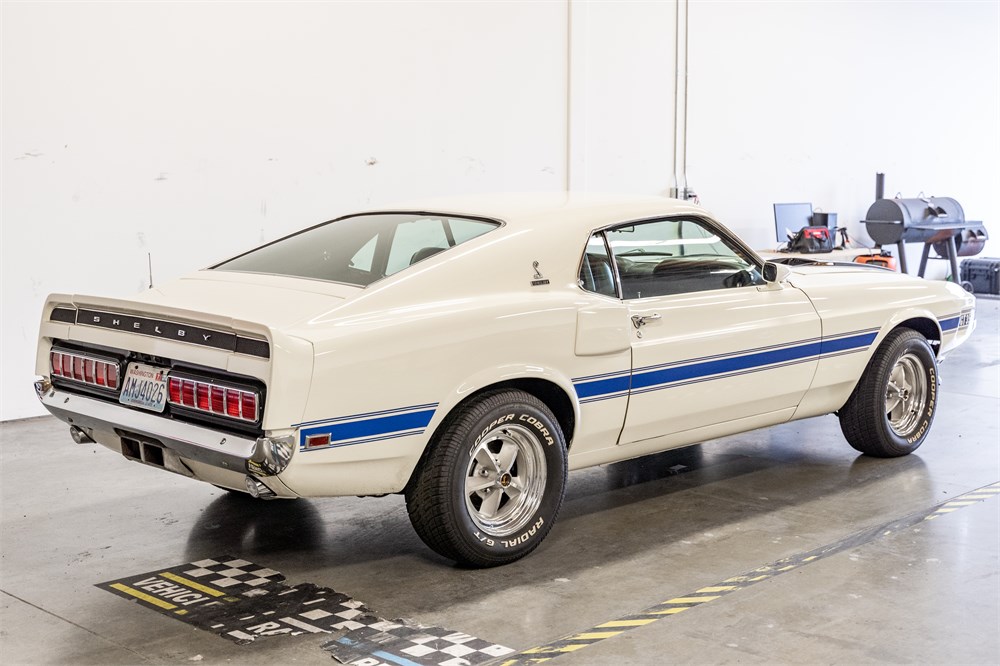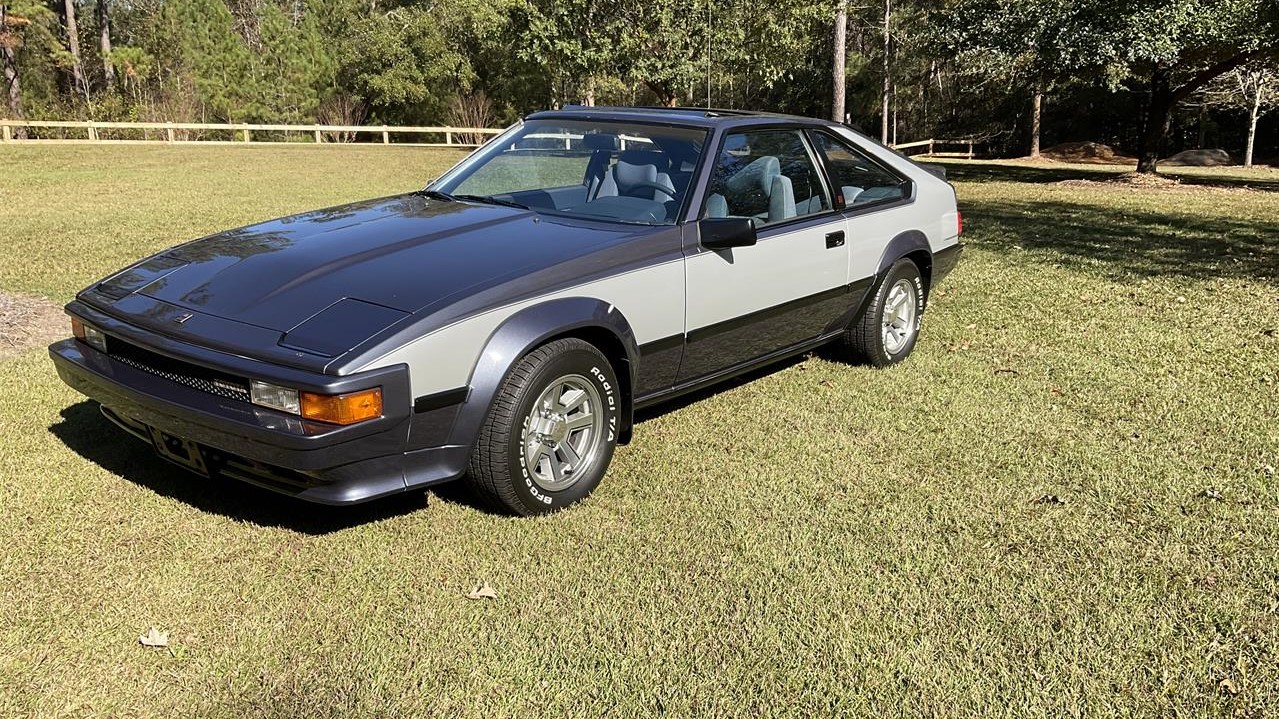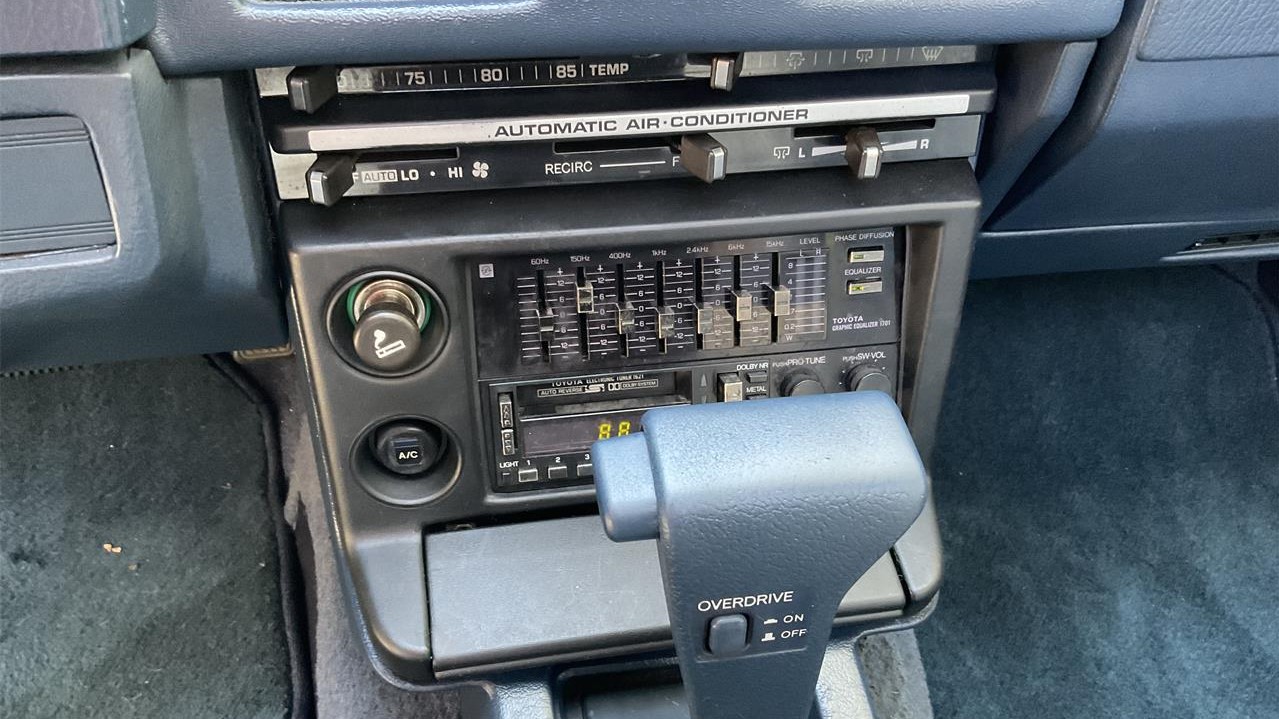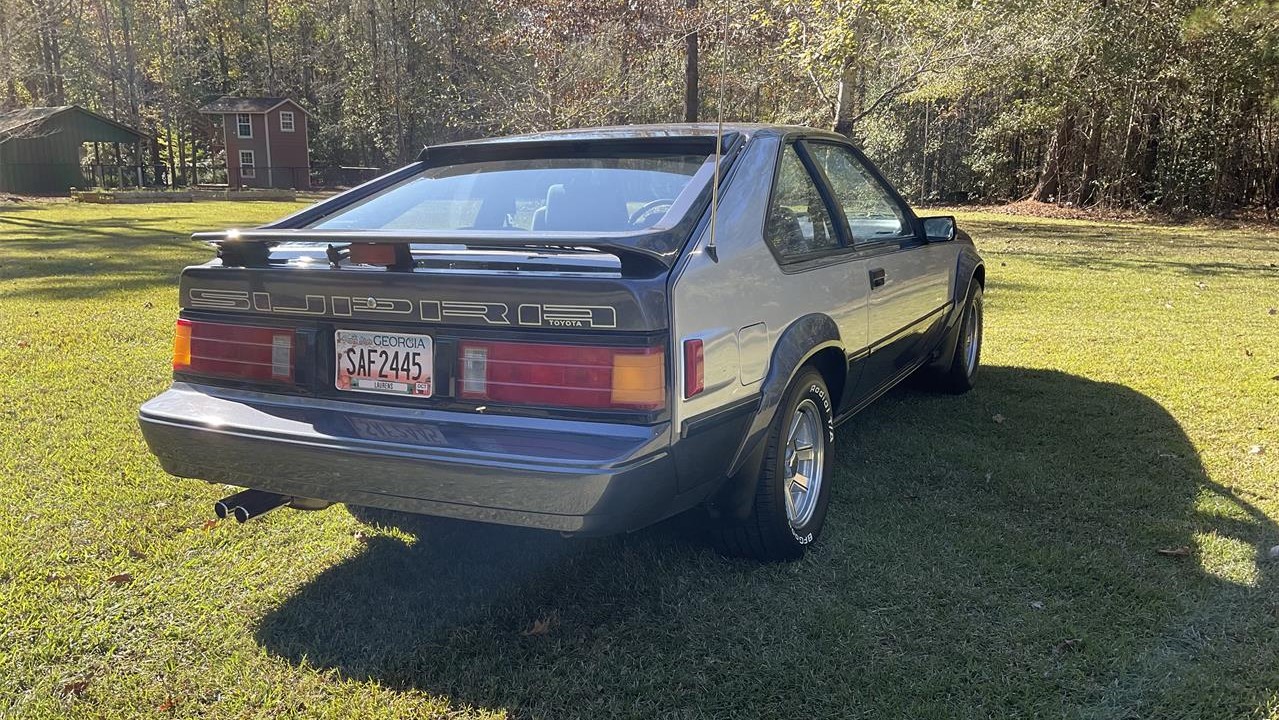When I received a press release mentioning that the Lions Automobilia Foundation Museum was conducting the Spirit of Giving Cruise and Coat Drive on November 12, 2022, for “Lions Appreciation Day,” I not only knew I had to attend but also wanted to see the Lions Museum once again as I did when it opened three years ago. I got my start in drag racing photography at the iconic Lions Dragstrip, Irwindale Raceway, Orange County Raceway, Pomona and Ontario Motor Speedway shooting for Hot Rod, Popular Hot Rodding and Car Craft magazines back in the day and most importantly, I am a U.S. Army veteran so this tribute occasion was a must for me to attend.
Armistice Day, now called Veterans Day (President Eisenhower signed this in 1954), is observed on November 11 as a federal holiday in the U.S honoring military veterans of the US armed forces and marking the anniversary of the end of WWI. Interestingly, WWI ended with a ceasefire on the 11th hour of the 11th day of the 11th month in 1918.

The Lions Automobilia Foundation Museum, founded by Rick Lorenzen, was built to honor car culture and it consists of an enormous collection of drag racing cars set against a 4,000 sq foot diorama of the starting line bridge from Lions with hand painted bleachers featuring images of spectators devouring the historic drag racing action.

Lorenzen himself is a veteran, having served in the Coast Guard, so this charitable venture was close to his heart in addition to honoring the fallen, helping families who lost vets in the line of duty. As Lana Chrisman, executive director at the Lions Automobilia Foundation and Museum states, “The drive will benefit the U.S. Vets Long Beach bringing together Southern California automotive enthusiasts and veterans during the holiday to collect warm coats for homeless veterans and those in need.”
Ms. Crisman recently was honored by SEMA as “Woman of the Year” through Businesswomen’s Network.
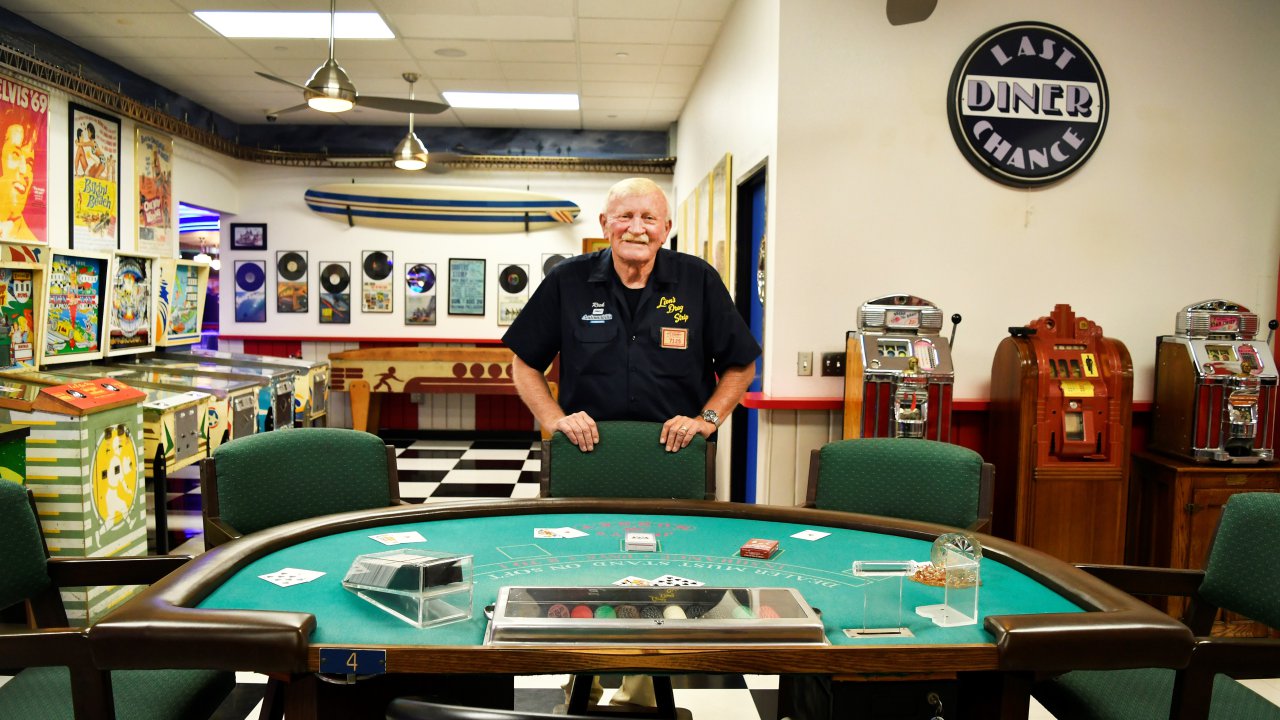
In addition to the recreated the Lions Drag Strip starting line, there is a Main Street Gallery highlighting Southern California car culture and motorsports history. In the Main Street gallery, classic cars are placed in front of an unbelievably authentic 1950s diner where you’re tempted to get on a stool and order a milkshake. An onsite restoration workshop keeps the classics in top shape and is a learning facility for young adults.
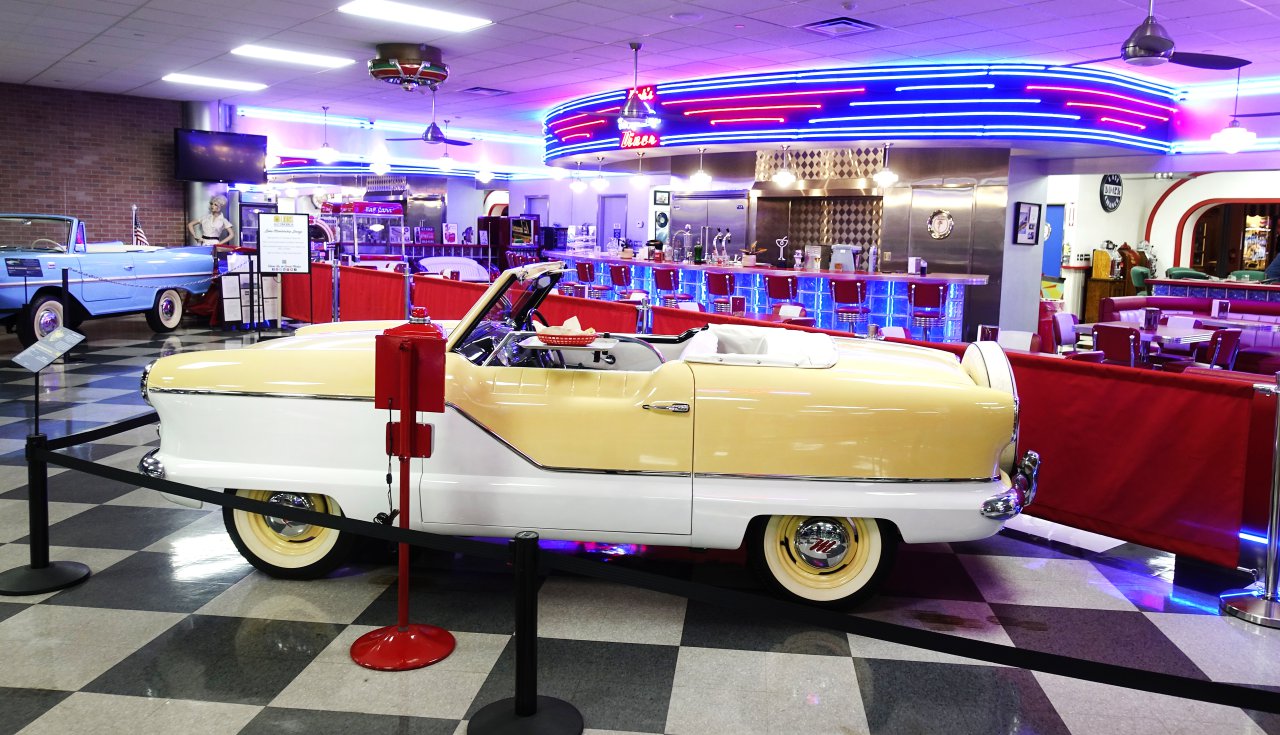
Lorenzen grew up near Lions Dragstrip and was always infatuated with modified Willys, so he bought a 1941 Coupe for $65 in 1960 and worked on it in his friend’s backyard. His passion for Willys has remained intact and through the years he amassed an impressive collection of about 50 Willys. Of course that first ’41 Coupe is at the forefront in the museum. Over 100 vintage muscle cars, hot rods and classics are beautifully staged next to neon signs and movie marques in diorama fashion. One of the pristine condition1966 Batmobiles, authenticated by Gorge Barris, sits in front of a skylight mural with the Bat-Signal in the sky indicating a way for the police in Gotham City to call on the caped crusader.
-

Willys collection. Photo by Howard Koby -

1966 Batmobile. Photo by Howard Koby -
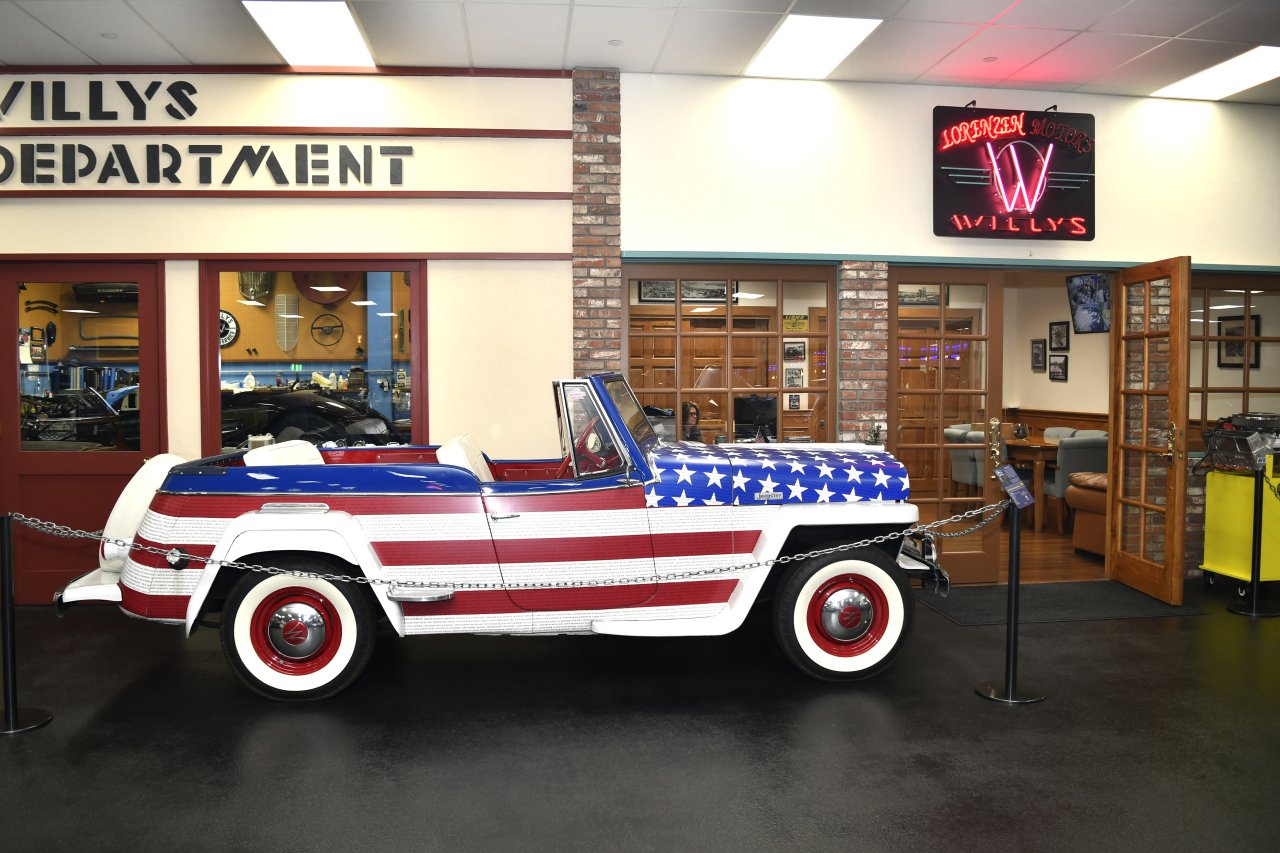
1949 Willy Oberland honoring our fallen. Photo by Howard Koby
The Price Automobilia Group is part of the Price Transfer Trucking warehouse that is a family business and is the main stay for the Museum Foundation, which is a nonprofit 5063c. It was exciting to return after the grand opening in 2019. The grand opening event included a panel discussion with rod legend Ed “isky” Iskenderian (now 101 years old), “TV Tommy” Ivo, Danny Thompson (Mickey Thompson’s son), Carl Olson, Larry Sutton and Steve Chrisman. Ivo’s words about his time at the drag strip stayed with me as I explored on this visit. He said he loved the track because, “I could drive my Model T to the track, run the day and drive it home.” Someone also once said, “Lions was Fantasy Island on Nitro.” The dragstrip operated between 1955-1972, and unfortunately closed due to neighbor complaints about the noise.
Attending this event, I met veteran George Morgan, who served in the U.S. Airforce (1960-1961). He was stationed at the Strategic Air Command working on B47s that were flying out to Cuba for security reasons. Morgan has a friend who works at the museum, so he and his wife decided to come for a visit and donate some coats. Morgan is a real “car geek” so much so that he uses “Nailhead V8” as his online handles. The museum will continue to accept coat donations during the upcoming months, as well as host a toy drive on December 10 (click here to learn more).
Even though the dragstrip had been gone for 50 years, thanks to the Lions Automobilia Foundation Museum, the track “remains in the hearts of all as the greatest drag strip of all time.”


